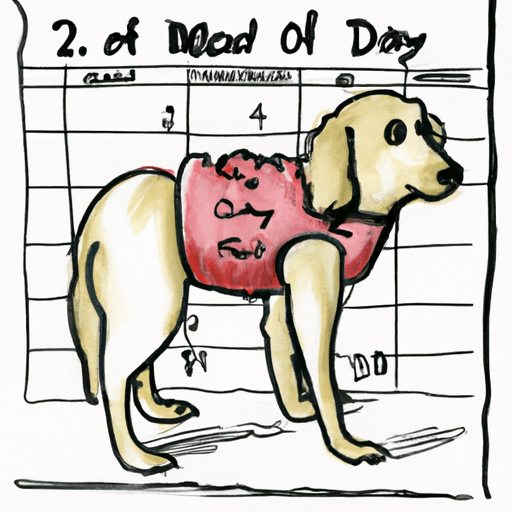“`markdown
When Can Female Dogs Get Fixed?
Introduction
Congratulations! You’ve made a responsible decision to have your four-legged companion spayed. As a caregiver, it’s crucial to understand not just the ‘why’ but also the ‘when’ of this procedure. Let’s dive into the details.
Understanding the Right Age for Spaying
Traditionally, female dogs are spayed between six to nine months of age. However, there’s no one-size-fits-all answer. The timing can depend on several factors:
- Breed: Larger breeds may benefit from waiting until they’re fully grown.
- Health: Any existing health conditions could influence the decision.
- Behavior: If your dog is showing signs of aggression or marking, it might be time.
Consult with your vet to make the best decision for your pet.
The Pros and Cons of Spaying
Much like any surgical procedure, spaying carries its own set of benefits and drawbacks:
Pros
– Prevents unwanted pregnancies
– Reduces the risk of mammary cancer and pyometra
– Eliminates the heat cycle
Cons
– Surgical risks, though minimal
– Potential for weight gain
– Possible impact on growth in large breeds
Weigh these factors carefully with your vet.
Preparing Your Dog for the Procedure
Preparing your canine companion for her big day is essential for a smooth recovery. Here are some tips:
- Ensure she’s in good health leading up to the surgery.
- Fast her the night before, as instructed by the vet.
- Arrange a quiet and comfortable space for her post-surgery recovery.
Aftercare and Recovery
Post-surgery care is just as important as the procedure itself. Here’s what you can do:
- Follow the vet’s advice on feeding and medication.
- Limit her physical activity for a few days.
- Watch for any signs of infection at the incision site.
Frequently Asked Questions
Q: Can a dog be spayed while in heat?
A: It’s generally safer to wait until the heat cycle has ended.
Q: How long does recovery take?
A: Most dogs recover within two weeks.
Q: Will my dog’s personality change after spaying?
A: Most dogs remain the same, though hormonal changes may cause minor behavioral changes.
Remember, the best source of advice is always your trusted vet. Don’t hesitate to ask them any questions or voice any concerns you might have about the spaying process.
“`



